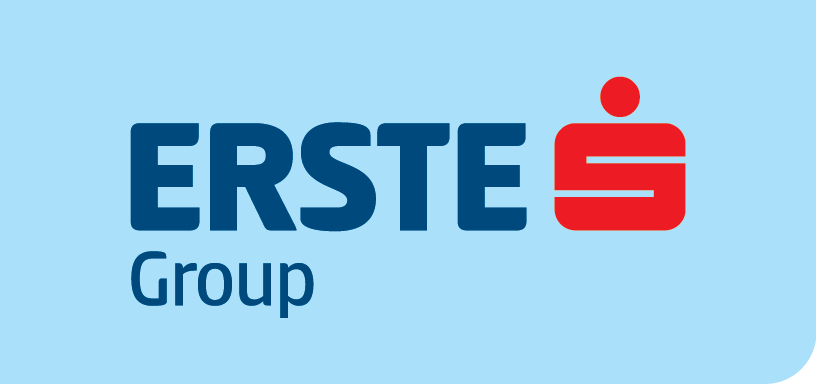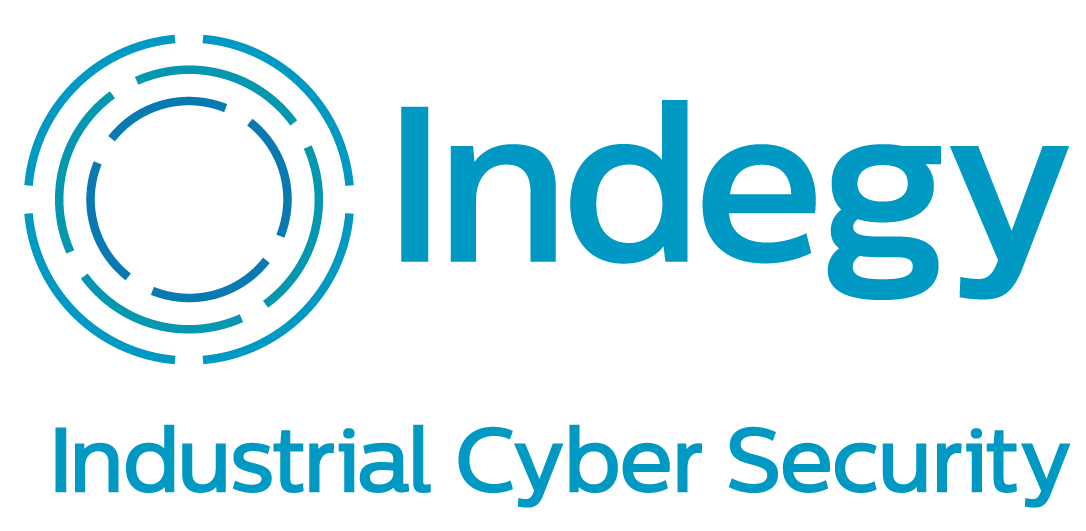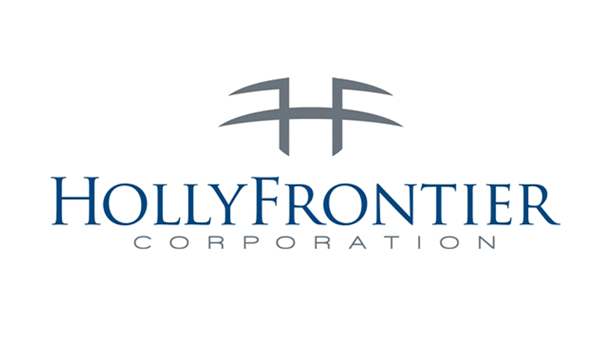ESET Endpoint Protection for the banking industry
Categories
Description
KEY BENEFITS FOR ERSTE GROUP, AUSTRIA
• A single product for both servers and endpoints
• Simple operation, high suitability for daily use
• High quality of malware recognition
• Complete compatibility with all versions of Windows
• Central management and dashboard via the ESET Remote Administrator
• Lean installation package
• High-performance, interruption-free operation which continues entirely behind the scenes
THE CUSTOMER
S IT Solutions Austria provides “all in one” IT solutions for the banking industry. As a result, it needs solutions that off er a particularly high level of data security in order to effi ciently protect the critical data of business partners and their customers from access by third parties. For its client, ERSTE Group, a total of 3,000 servers and 3,500 workstations had to be protected across an array of operating systems: Windows XP 32 Bit, Windows 7 – EE 64 Bit, Windows Server 2003 (R2) 32 & 64 Bit, Windows Server 2008 (R2), and Windows Server 2012.
HIGH PERFORMANCE, HIGH SECURITY REQUIRED
The initial recommendation to use ESET Endpoint Antivirus came from colleagues in other companies of the Erste Group, and the choice was validated by means of an internal evaluation. ESET Endpoint Antivirus Business Edition’s high performance and sparing use of hardware resources were the essential purchase criteria, along with its good ratio of price to performance. Among the other advantages were its high-quality malware recognition, its central management system — via the Remote Administrator dashboard — and its lean installation package. In total, four months were allocated for the migration. After a two-month test phase with pilot clients, the roll-out on all systems was begun. It was “absolutely remarkable,” according to Michael Todorovitsch, Head of Infrastructure Basis Systems at s IT Solutions. “The complete roll-out on over 6,500 computers passed off without notable incidents.”
THE SOLUTION
In deploying the ESET solution, Todorovitsch commented that “support and external help weren’t called on, and only a few directorieshad to be exempted from scanning so that ESET Endpoint Antivirus could run without issues.” The implementation of ESET Endpoint Antivirus at Erste Group has so far met all expectations in full. The fi rm has commended its high performance, and interruption-free operation which happens entirely behind the scenes and does not impact users’ work.
Details
Business tasks
Reduce Costs
Ensure Security and Business Continuity
Manage Risks
Problems
Malware infection via Internet, email, storage devices
Risk or Leaks of confidential information
Risk of attacks by hackers
Risk of data loss or damage
Risk of lost access to data and IT systems
High costs




















